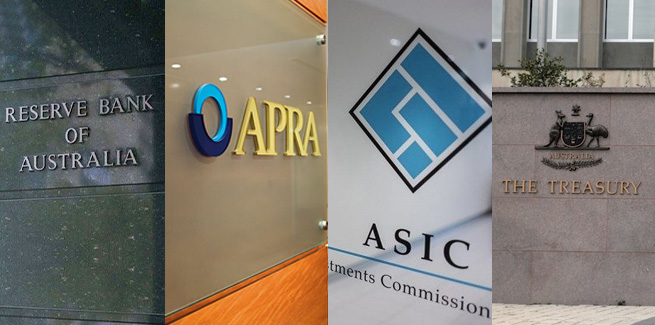The Council of Financial Regulators (CFR) has released its latest Financial Stability Review, in which it assesses risks in the domestic and international markets.
In its latest review, the primary focus of the CFR – which consists of the Reserve Bank of Australia (RBA), the Australian Prudential Regulation Authority (APRA), the Australian Securities and Investments Commission (ASIC) and Treasury – was the shift in financing conditions and the turnaround in the housing market.
The CFR noted that while housing credit growth “remains subdued overall”, weighed down by a lull in investor activity, owner-occupied lending activity has “picked up”.
According to the CFR, the uptick in owner-occupier activity is pointing to a “strengthening in credit growth” in the near term.
The latest data released by the Australian Bureau of Statistics revealed that the value of new home lending commitments rose 1.1 per cent (in seasonally adjusted terms) in September, following on from a 3.8 per cent rise in August.
New lending commitments are now up 5.6 per cent (seasonally adjusted) when compared with September 2018, the first positive year-on-year result seen since mid-2018.
The increase was largely driven by a 3.2 per cent increase in lending to owner-occupiers excluding refinancing, as well as a 7.7 per cent rise in personal finance excluding refinancing.
The CFR added that the pick-up in credit activity has coincided with a rebound in the housing market, which has “lessened” financial stability risks that were associated with the fall in residential dwelling values.
Property research group CoreLogic has reported growth in national home values over the past five months, with the latest data reporting a 1.7 per cent increase in national dwelling values – the sharpest monthly increase since 2003.
However, the CFR warned that continued weakness could trigger a demand and supply imbalance in Australia’s capital cities, sparking a disorderly increase in apartment prices.
Some analysts have warned that a sharper than anticipated rebound in dwelling values could prompt a new wave of macro-prudential curbs on lending.
However, APRA chair Wayne Byres recently stated that the regulator is in no rush to introduce such measures but would carefully monitor developments in the market.
[Related: Value recovery driven by expensive houses]
 ;
;